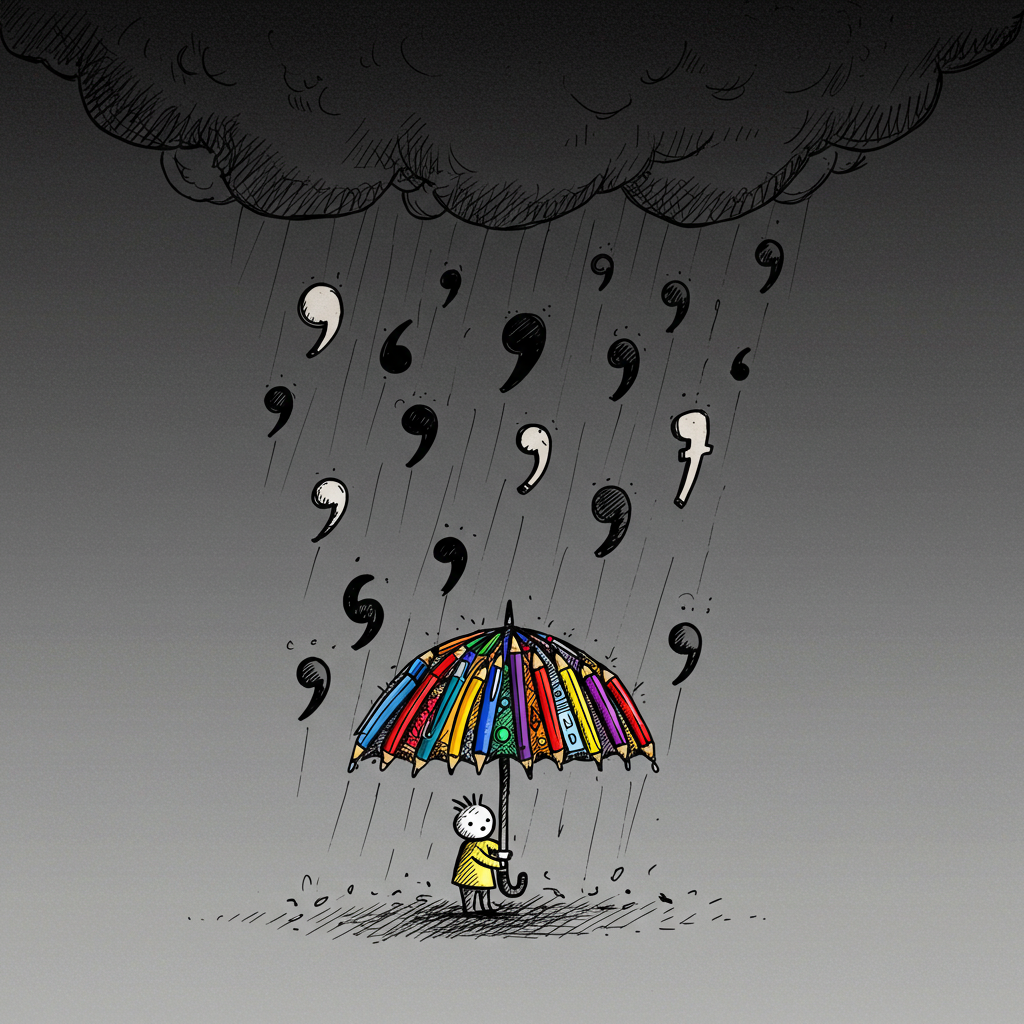What Is the Oxford Comma Controversy?
Chances are, if you’ve spent any time in the writing world, you’ve encountered the great debate: the Oxford comma.
It might sound like something out of a dusty literary society, but trust me, this unassuming comma packs a punch and sparks more passionate discussions than you might think.
So, what exactly is the Oxford comma controversy all about?
At its heart, the Oxford comma, also known as the serial comma, is the comma placed before the conjunction (usually “and” or “or”) in a list of three or more items. So, instead of writing “apples, bananas and oranges,” the Oxford comma enthusiast would write “apples, bananas, and oranges.” It's that seemingly small addition that causes such a stir.
A Brief History & the Great Divide
So, why is it called the “Oxford” comma? Well, its name comes from its traditional use by the Oxford University Press (OUP). While the practice of using a serial comma dates back further, the OUP’s consistent application solidified the moniker.
The Oxford comma gained significant traction and became standard practice in many style guides, particularly in academic and book publishing.
Think of the Chicago Manual of Style—a staunch supporter of the serial comma. These guides often advocate for its use to prevent ambiguity and ensure clarity, especially in complex sentences.
However, not everyone is on board the Oxford comma train.
Other prominent style guides, such as the Associated Press (AP) style, which is widely used in journalism, generally recommend omitting the serial comma unless it’s absolutely necessary for clarity. Their reasoning often boils down to conciseness and saving space—every character counts in newsprint.
This difference in approach is where the “controversy” stems from. It’s not a knock-down, drag-out fight in the streets (though online debates can get heated!), but rather a persistent difference in stylistic preference and a question of prioritizing clarity versus brevity.
See It in Action: Examples
To really understand the fuss, let’s look at some examples.
Professional Writing
Celine Dion and Justin Bieber are now penguins, thanks to a missing comma.
With Oxford Comma: “The committee members included the president, the vice president, and the treasurer.” (Clear and unambiguous)
Without Oxford Comma: “The committee members included the president, the vice president and the treasurer.” (Still clear in this simple case)
With Oxford Comma (Avoiding Ambiguity): “We invited the penguins, Justin Bieber, and Celine Dion.” (Clearly, three separate invitees.)
Without Oxford Comma (Potential Ambiguity): “We invited the penguins, Justin Bieber and Celine Dion.” (Could be interpreted as inviting penguins who are Justin and Celine…fine names, really, but a bit of a bumble if Justin and Celine are not the penguins.)
Conversational Writing
With Oxford Comma: “For the party, I'm bringing chips, salsa, and guacamole.” (Sounds natural)
Without Oxford Comma: “For the party, I'm bringing chips, salsa and guacamole.” (Also sounds natural)
With Oxford Comma (Emphasis/Slight Pause): “My favorite colors are blue, green, and a vibrant, sunny yellow.” (The comma before “and” can create a slight pause for emphasis.)
Without Oxford Comma (Quick Flow): “I need to buy milk, eggs and bread from the store.” (Feels a little more streamlined)
As you can see, in many straightforward sentences, the absence of the Oxford comma doesn't cause any confusion. However, it's those instances where ambiguity creeps in that proponents of the serial comma argue for its consistent use.
Oxford fans believe that erring on the side of clarity is always the best approach, especially in formal or professional writing.
The Bottom Line
So, is there a definitive “right” answer in the Oxford comma controversy? Not really. (But, yes, this writer loves it.) Yet, the answer often comes down to the specific style guide you're following (if any) and your personal preference.
However, understanding what the Oxford comma is and why the debate exists can help you make informed decisions about your own writing.
Stay tuned for more writing tips and tricks in future posts. We’ll keep exploring the fascinating world of language and how to wield it effectively.

